Sugary drinks are a staple in the lives of many children, and while we know those ’empty calories’ can have an impact on their physical health, we have almost no idea how it impacts their brain health.
In Belgium, a quarter of all 11-year-olds currently consume at least one soft drink on average each day. A randomized, double-blind, placebo-controlled trial among Belgian preschoolers now suggests those bouts of sugar can have a curious impact on class performance.
The rigorous experimental study is the first to examine the immediate effects of sugary drinks on student achievement, and the findings suggest there might be key sex differences in how we respond to glucose – at least as children, when our brains are guzzling energy at higher rates than adults.
Among young male preschoolers, for instance, the authors found a sugary drink resulted in a significant decline in test scores. The behavior of young boys after drinking 35 grams of sugar was initially described as “relaxed”, although after an hour, this calm state was followed by restlessness.
Female preschoolers, on the other hand, seemed largely unfazed by the sugar; in fact, their math scores actually improved.
“The results clearly indicate a causal impact of sugary drinks on children’s behavior and test scores,” says applied econometrician Fritz Schiltz from Katholieke Universiteit Leuven in Belgium.
“The associated effects on in-class performance have major policy implications, as sugary drinks are still ubiquitously sold in schools and as the consumption of sugary drinks is typically higher among children from low-income households and among boys.”
In fact, the authors say their results could even partially explain why boys in lower socioeconomic groups tend to perform worse in school; they are also the ones drinking the most sugar.
Far more research will be needed to confirm whether that hypothesis holds true elsewhere in the world and for other ages.
While some research has shown ingesting high-glucose food and drinks right before a memory task can improve cognitive performance, those studies usually only apply to adults or the elderly.
In comparison, the link between a child’s glucose intake and cognitive performance remains largely inconclusive.
Despite how many sugary drinks children consume each day, surprisingly little research has investigated the short-term cognitive impacts. The study in Belgium is leading the way.
The two experiments encompassed 462 preschool-aged children, half of whom were given a lemon-flavored soft drink with 35 grams of sugar and half of whom were given artificially sweetened beverages with ‘zero sugar’.
The first randomized trial included 10 preschool classes, and students were tested on their math skills before drinking a beverage, and then again, 45 minutes after drinking a beverage.
The second randomized trial included 15 classes, and students were tested on their math skills before drinking a beverage, and then again, after 30 minutes, one hour, or two hours.
The authors explain these times were chosen to fully encompass the sugar “high” and “crash” that is thought to ensue after children consume a hearty dose of glucose.
Interestingly, in the trials, it seemed to take sugary drinks about 45 minutes to kick in and show positive benefits to a girl’s math scores. After two hours, the benefits seemed to fade.
On the other hand, the math scores of boys tended to decline an hour after drinking a sugary beverage. Even after two hours, the downsides were still apparent.
“Our results suggest that the detrimental and persisting effects on boys’ test scores and teachers’ classrooms are unlikely outweighed by a marginal increase in resources from selling sugary drinks at school,” the authors conclude.
The team can’t be sure why a sugary drink would reduce a child’s math score, but they suspect it has something to do with stress, sugar consumption, and student achievement.
The restlessness shown by boys after drinking a sugary beverage might also be causing some distraction.
Because the study is the first of its kind, the results can’t be compared to anything else, so it’s hard to put them in perspective.
Nevertheless, the sex differences identified among preschoolers in this study stood up in both trials, which were rigorously designed, so they should be taken seriously and investigated further.
Finding out more will be crucial if we want to truly understand how the diets of many children today are impacting their learning.
The study was published in Health Economics.

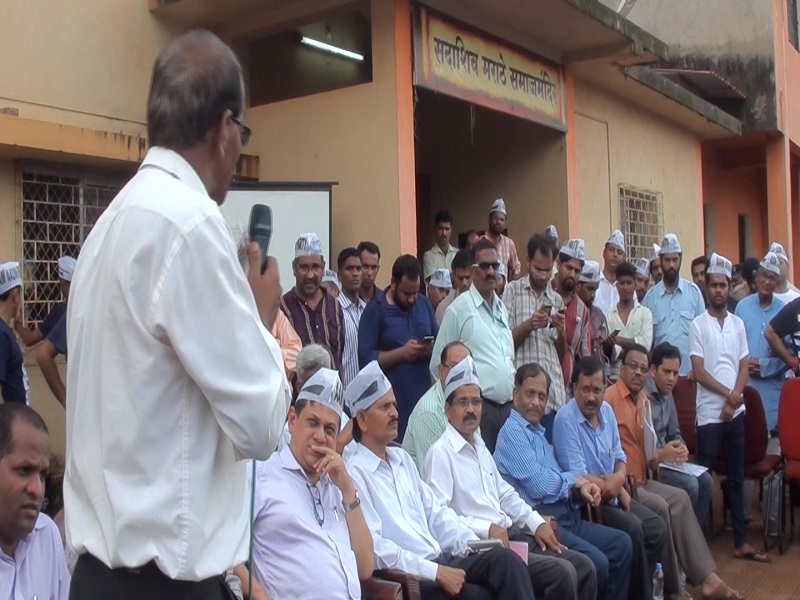
 Local7 years ago
Local7 years ago
 Crime8 years ago
Crime8 years ago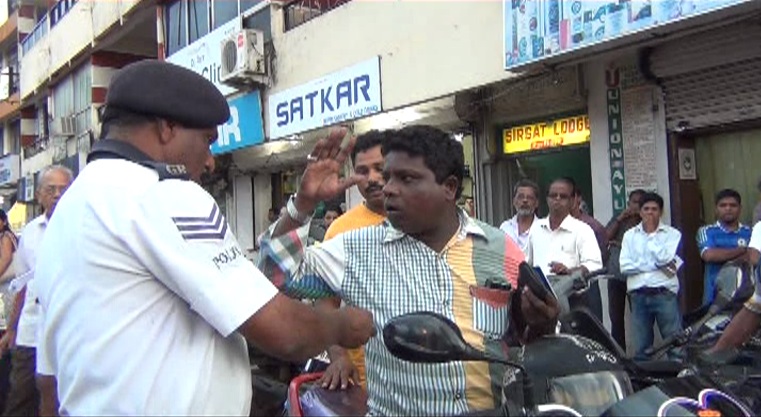
 Local8 years ago
Local8 years ago
 Top Stories2 years ago
Top Stories2 years ago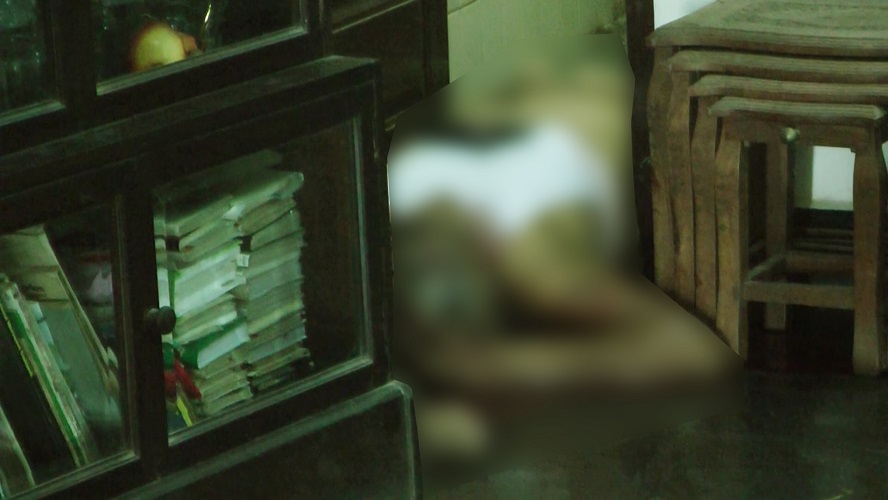
 Crime8 years ago
Crime8 years ago
 Crime8 years ago
Crime8 years ago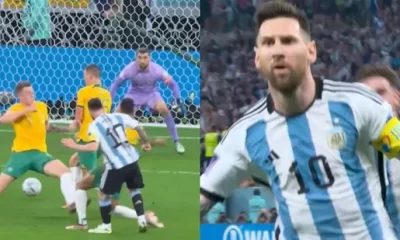
 Sports11 months ago
Sports11 months ago
 Crime8 years ago
Crime8 years ago

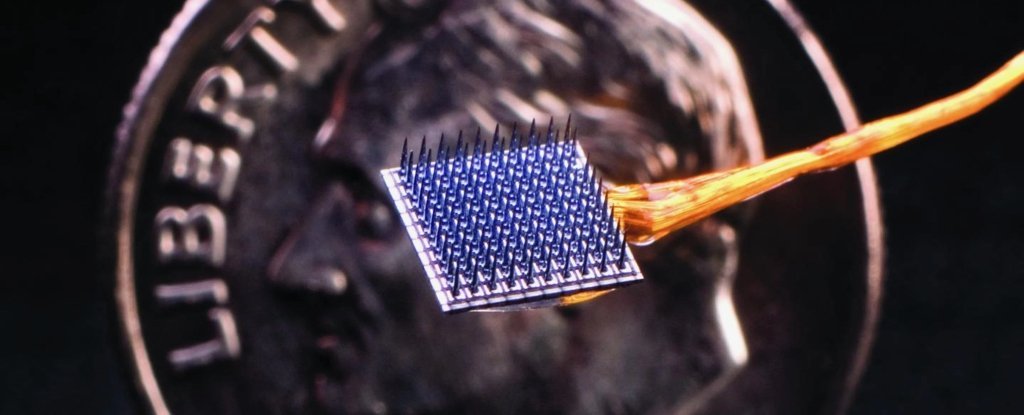




You must be logged in to post a comment Login